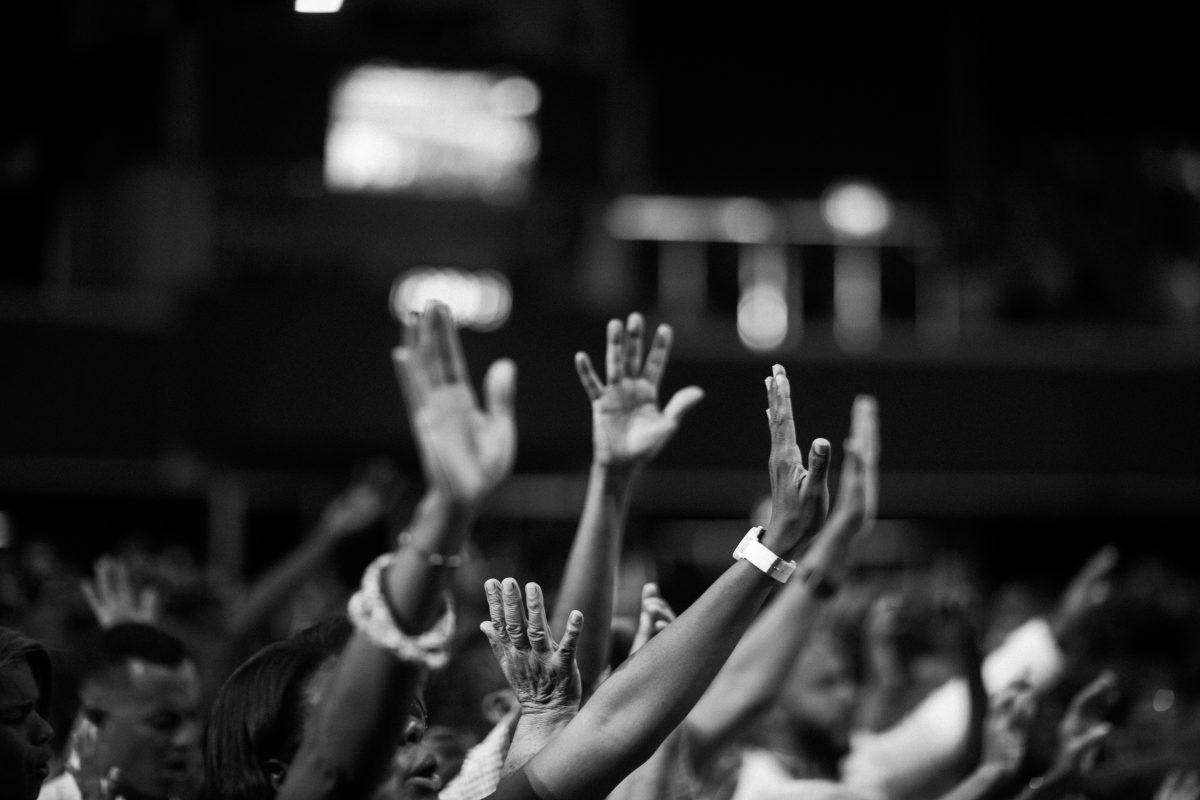Cedar N. Goslin
The Broadside
“Ivory: The Reluctant Vampire” by Valarie Nicole Nelson Roberts follows the story of the protagonist, Ivory, as she struggles to come to terms with her new immortal identity—and the limitations, urges and isolation that comes with it.
The story switches on and off between telling the present and the past, when Ivory was a young woman in what appeared to be the 18th century, living with her aunt, uncle and cousins after her parents were murdered over suspicions of being too beautiful.
At a ball thrown for her birthday, Ivory meets the dashing Azluru—though she meets him minutes after declaring that she will never wed, she finds herself spending more and more time with her unique gentleman caller, who suspiciously will only see her at night.
In a not-so-surprising plot twist, Azluru turns out to be a vampire. Ivory discovers this interesting tidbit of information when she finds Azluru sucking the blood of a freshly killed victim while they’re supposed to be out on a romantic picnic.
Though initially repulsed, Ivory eventually makes another 180 degree turn and agrees to become Azluru’s vampire bride.
The sections of the book that are set in present day begin shortly after Azluru opens Ivory’s coffin and awakens her from a deep slumber. From there, she must evaluate her feelings for her vampire husband.
Does she love him for the man she saw when they first met, or does she hate him for the monster that he is, and that he made her become? Is she herself a monster, or is there still a chance for redemption in the eyes of God and the world?
These are just a few of the conflicts Ivory is faced with.
In some ways, this book is difficult to follow—there are sporadic plot jumps and character mood changes that seem to have little rhyme or reason.
The plot moved from Ivory fearing the wrath of Azluru’s blood lust and learning to cope with it, to a semi-mutual love obsession with a priest who found Azluru’s wedding ring.
Despite the fact that it was difficult to tell where the plot was—and where it was going—there’s never a moment in the book that lacks action, and I was always interested to see what was to come on the next page.
The setting, particularly in the sections that take place in the past, is a bit unclear—it’s suggested that the events take place between the 18th-19th century, but if that is the case then some of the information given is historically inaccurate, an issue that is only mildly distracting from the book’s actual plot.
The bigger distraction was that Roberts’ version of the vampire is never clearly defined. Throughout most of the book, the impression is given that they’re limited to the typical—sharp fangs, extreme speed and super strength. However, it’s then casually mentioned that Azluru replaced Ivory’s aunt’s memories.
It would have been easier to focus on and enjoy the story if the characters were more clearly defined.
However, when reading this book, you have to keep in mind that it is a first attempt at a novel—and a great one at that.
Roberts took a popular, over done topic and managed to make it her own—this is not the typical Twilight rip off that seem to dominate entire sections at bookstores these days.
Aside from that, visible in the pages of Ivory is the growth of a young writer—subtle differences are apparent as the story progresses in Roberts’ writing style, so as you follow Ivory’s story, so can you follow the strengthening of Roberts’s a writer, which in itself makes this a beautiful piece of literature.







